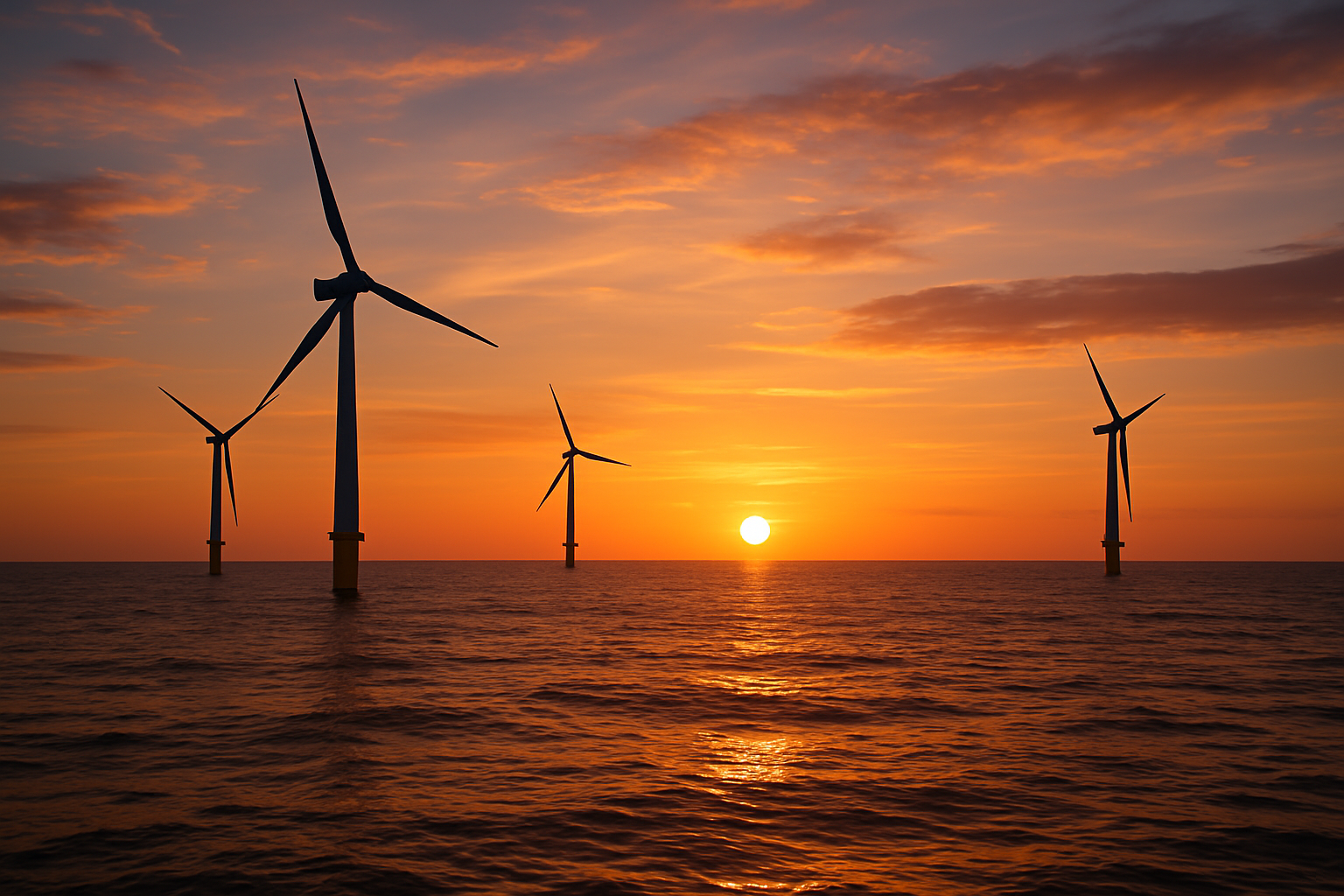
Brazilian energy matrix and challenges of international environmental regulation
*Originally published on JOTA.
**This is an AI-powered machine translation of the original text in Portuguese.
Although it has one of the cleanest electricity matrices in the world due to the high share of renewable sources, Brazil may not be properly recognized for its capabilities under international environmental regulations. According to the 2024 National Energy Balance, in 2023 Brazil generated 87% of its electricity from renewable sources (hydropower, wind, and solar), nearly three times the global average.[1][2]
It is worth noting that Brazil ranked fifth in the world for solar energy generation, surpassing countries such as Germany, and third for wind energy generation.[3] Despite these indicators, Brazil is not adequately rewarded for its clean energy matrix under the new environmental regulations of the European Union (EU).[4]
The uniform approach adopted by instruments such as the EU’s Carbon Border Adjustment Mechanism (CBAM) imposes decontextualized requirements that, in practice, penalize exporters with strong environmental performance — as is the case with Brazil.
CBAM applies a carbon price to the emissions embedded in products imported into the European bloc[5], such as iron and steel, cement, fertilizers, aluminum, hydrogen, and electricity[6], with the aim of avoiding what is known as carbon leakage — the relocation of carbon-intensive industries to countries with less stringent environmental standards.
However, the standardization adopted by CBAM and other EU regulations appears to disregard the different energy profiles of exporting countries[7], imposing the same logic of traceability, certification, and carbon offsetting on economies with vastly different emission levels.
The tension between the narrative of a just energy transition and the asymmetric effects of European regulations highlights a central paradox of current climate governance: the mismatch between the universalist intent of regulation and the specific contexts of Global South countries. This materializes in an asymmetry in which Global South countries — even those with strong environmental performance — bear disproportionate costs to access international markets.
Brazil's situation exemplifies this paradox. Despite its largely renewable electricity matrix — composed of sources such as hydro, wind, solar, and biomass — Brazilian products may be penalized with additional carbon taxes.[8] The result is an environmental pricing mechanism that disregards gains already internalized by Brazilian production chains and imposes a double penalty: on one hand, the added cost of adapting to European requirements; on the other, the institutional erasure of established local sustainable practices.
This occurs because the focus of European regulation is on gross sectoral emissions, without considering the contribution of clean energy to reducing the carbon footprint of industrialized goods.[9]
Examples include the disregard for the low carbon intensity of Brazilian steel, since CBAM ignores indirect emissions, thereby penalizing Brazilian producers; the failure to recognize that Brazilian steel mills use charcoal in steel production; and finally, the non-recognition of carbon offset projects by CBAM[10] due to regulatory non-equivalence between criteria, which makes it impossible to recognize nationally certified projects — even when based on robust and auditable methodologies.
This selectivity in measurement and communication can distort the country’s international reputation and limit its competitiveness in environmentally demanding markets.
The absence of fairer parameters that incorporate the energy specificities of exporting countries into European environmental assessment models undermines the legitimacy of transnational climate governance.
One possible path to balance these interests would be the incorporation of a country's energy matrix as a criterion for regulatory equivalence — for example, recognizing that products manufactured in lower-emission energy contexts should receive differentiated treatment.
For Brazil, revising these criteria — such as integrating national energy metrics into the EU’s environmental and carbon intensity assessment models for exporting countries — would be strategic, given that most of the electricity used in Brazilian industry has a low climate impact, which is not properly valued in current carbon pricing models.
The partial disregard for the environmental progress of developing countries undermines the legitimacy of global environmental governance. It is important to consider that regulations such as CBAM, although not intended to create non-tariff barriers, may unintentionally end up excluding producers from emerging economies, thereby reinforcing historical inequalities in international trade.
In Brazil’s case, this exclusion — according to a study by Way Carbon in partnership with ICC Brazil — especially affects major commodity exporters, by creating restrictions and taxes that could lead to income losses of up to USD 444.3 million in exports of their products[11].
This discrepancy imposed by unilateral measures highlights the need to address issues such as carbon border adjustments, environmental claims, and other climate-related trade measures in a way that ensures consistent and equitable treatment among countries[12]. Without such coordination, rather than fostering convergence, these actions may exacerbate historical asymmetries between major emitting countries and those like Brazil, which already operate with structurally low emissions.
This misalignment compromises the inclusion of Global South suppliers in sustainable value chains, especially when they are perceived as high regulatory risk investments, despite having robust public policies for environmental protection and sustainable agricultural production. The disconnect between international regulation and local realities widens the gap between the stated goals of climate justice and the practical effects of its implementation[13].
For the energy transition to be truly global, climate regulations must take into account the structural specificities of each country — including their energy matrix, institutional capacity, and stage of development. International recognition of the efforts made by countries with cleaner development paths, such as Brazil, not only strengthens multilateral cooperation but also generates positive incentives for advancing sustainable solutions.
In this regard, the all-of-the-above energy strategy[14], launched by the World Bank in April of this year, represents a significant step forward. By including a wide range of energy sources — such as natural gas, geothermal, hydroelectric, solar, wind, and nuclear — the financing program allows for adaptation to each regional context. This initiative reflects the foundational policy of a virtuous cycle aimed at expanding investment in the electricity sector. Its goal is to create incentives to increase both the use and effectiveness of green energy[15].
Brazil’s presidency of the G20 and the upcoming COP30 in Belém place the country in a strategic position to lead a more inclusive ecological transition agenda — one that reflects the diversity of global energy matrices and proposes fairer equivalence criteria. More than advocating for specific exemptions or tariff adjustments, the aim is to reconfigure the terms of international environmental recognition, so they more accurately reflect the actual climate contributions of countries like Brazil.
The ecological transition will not be global if it is selective. And it will not be just if it fails to respond to the structural differences between historical emitters and countries like Brazil, which have invested in clean energy pathways. Rebalancing the normative framework of international climate regulation is not only a technical challenge, but also a political one — and the way it is addressed will shape the contours of a truly inclusive sustainability.
[1] Fontes renováveis atingem 49,1% na matriz energética brasileira — Ministério de Minas e Energia, Relatório Síntese — Ministério de Minas e Energia, Balanço Energético Nacional destaca crescimento da oferta de energia na matriz brasileira e aumento da renovabilidade — Ministério de Minas e Energia, Publicações, Balanço Energético Nacional destaca crescimento da oferta de energia na matriz brasileira e aumento da renovabilidade — Ministério de Minas e Energia
[2] GER_2025_20032025, p.108
[3] GER_2025_20032025, 107
[4] Legal Grounds Institute. Green Claims Report: Impacts of European Union’s Regulations on Brazil. 2023, p. 26
[7] Legal Grounds Institute. Green Claims Report: Impacts of European Union’s Regulations on Brazil. 2023, p. 107
[8]Legal Grounds Institute. Green Claims Report: Impacts of European Union’s Regulations on Brazil. 2023, pp. 116-117
[9] Remarks by Commissioner Gentiloni at the press conference on the Carbon Border Adjustment Mechanism | EEAS , Council agrees on the Carbon Border Adjustment Mechanism (CBAM) - Consilium , Carbon Border Adjustment Mechanism - European Commission
[10] Brasil quer reduzir resistência da UE a crédito de carbono - 30/05/2024 - Mercado - Folha, UE tira aço brasileiro dos mais sustentáveis do mundo - 25/05/2024 - Mercado - Folha, Normas sobre mudanças climáticas podem impedir o ingresso de produtos brasileiros na União Europeia - WebAdvocacy, Taxa de carbono europeia pode punir exportações do Brasil - 25/03/2022 - Mercado - Folha
[12] Legal Grounds Institute. Green Claims Report: Impacts of European Union’s Regulations on Brazil. 2023, p.109
[13] Legal Grounds Institute. Green Claims Report: Impacts of European Union’s Regulations on Brazil. 2023, p.116



